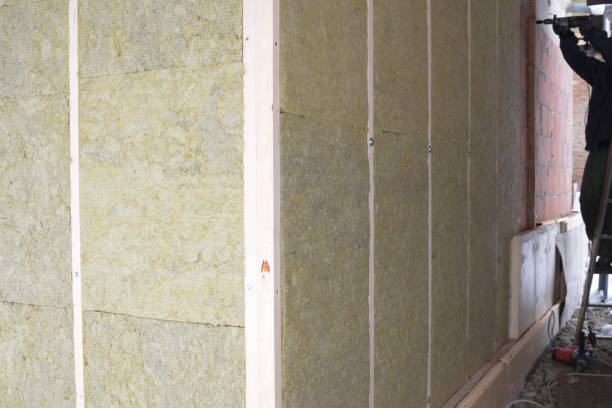Acoustic insulation is an essential component in the construction of quieter spaces. It plays a significant role in reducing noise pollution, enhancing privacy and improving overall comfort within a building. Acoustically insulated buildings provide a peaceful environment that is conducive for work, study or relaxation by significantly decreasing the level of unwanted noise.
The primary function of acoustic insulation is to absorb sound waves and prevent them from passing through walls, floors and ceilings. Sound waves are essentially vibrations that travel through the air or other mediums. When these waves come into contact with an object such as a wall or ceiling, they cause it to vibrate, creating what we perceive as noise. Acoustic insulation materials are designed to absorb these vibrations and convert them into heat energy which dissipates harmlessly.
There are various types of acoustic insulating materials available on find out the truth market today including mineral wool, foam board, fiberglass and cellulose among others. These materials have different levels of effectiveness depending on their density, thickness and specific properties such as fire resistance or moisture resistance.
Incorporating acoustic insulation during the design phase can significantly improve the acoustics within a building without compromising its aesthetic appeal. For instance, acoustic panels can be installed on walls or ceilings while maintaining architectural integrity. These panels not only reduce echo but also enhance speech intelligibility making them suitable for spaces like offices where clear communication is paramount.
Moreover, acoustic insulation contributes towards energy efficiency by preventing heat loss or gain through walls and roofs thus reducing reliance on heating systems during winter months and cooling systems during summer seasons respectively.
In residential settings too, acoustic insulation plays an important role in ensuring tranquility within homes especially those located close to busy streets or noisy neighborhoods by isolating external sounds effectively.
Despite its numerous benefits however; successful implementation of acoustic insulation requires careful planning right from choosing appropriate materials to correct installation techniques as improper installation could compromise its effectiveness leading to poor acoustical performance.
It’s also worth noting that while acoustic insulation can significantly reduce noise levels within a building, it cannot completely eliminate all sounds. Therefore, it should be used in conjunction with other soundproofing techniques such as sealing gaps around doors and windows or using double-glazed windows for optimal results.
In conclusion, the power of acoustic insulation in building quieter spaces cannot be overstated. Whether it’s a bustling office environment that requires clear communication, a busy restaurant where diners want to enjoy their meals without excessive background noise or a peaceful home where relaxation is key; incorporating acoustic insulation during construction can make all the difference. By investing in quality materials and proper installation techniques, we can create spaces that are not only visually appealing but also acoustically comfortable.


